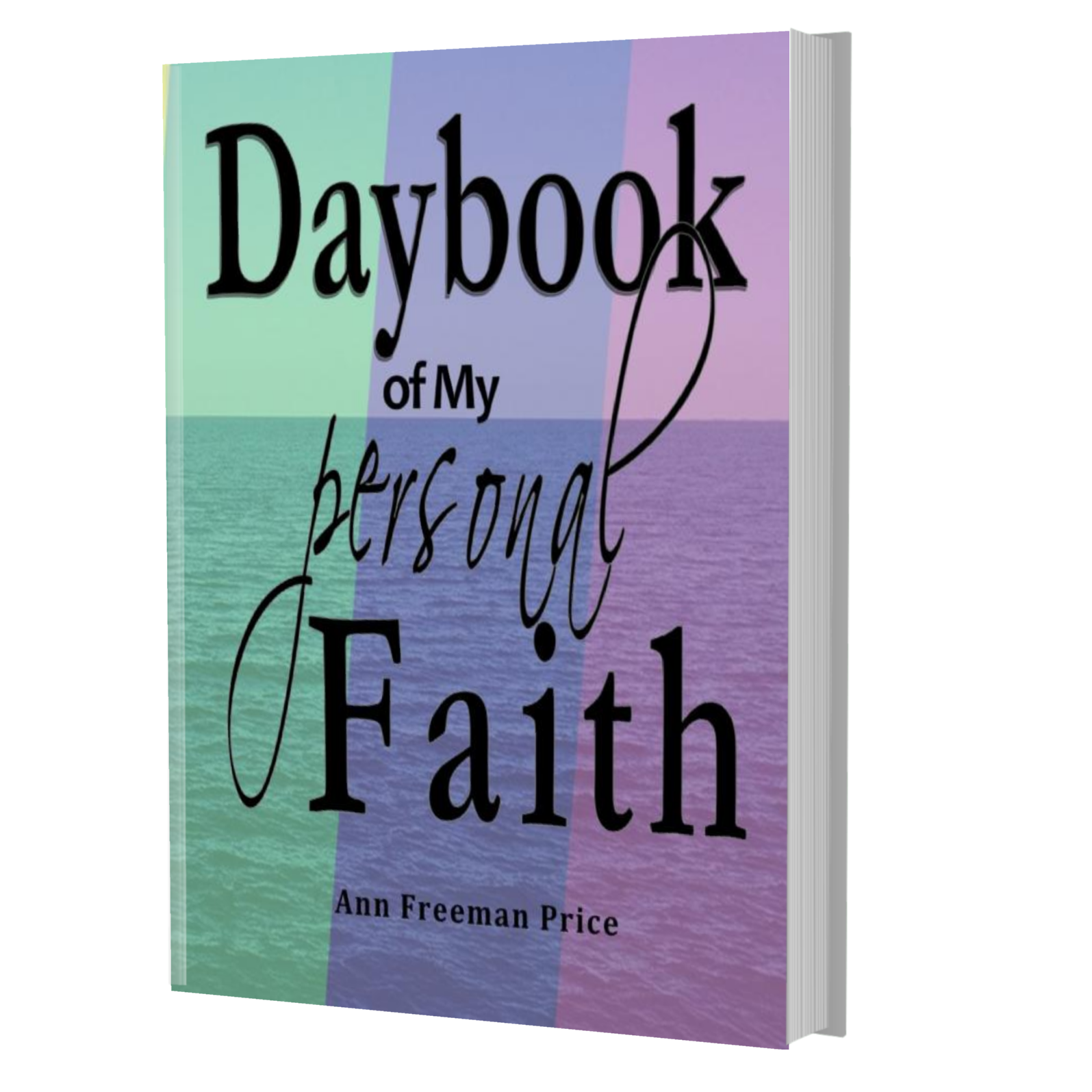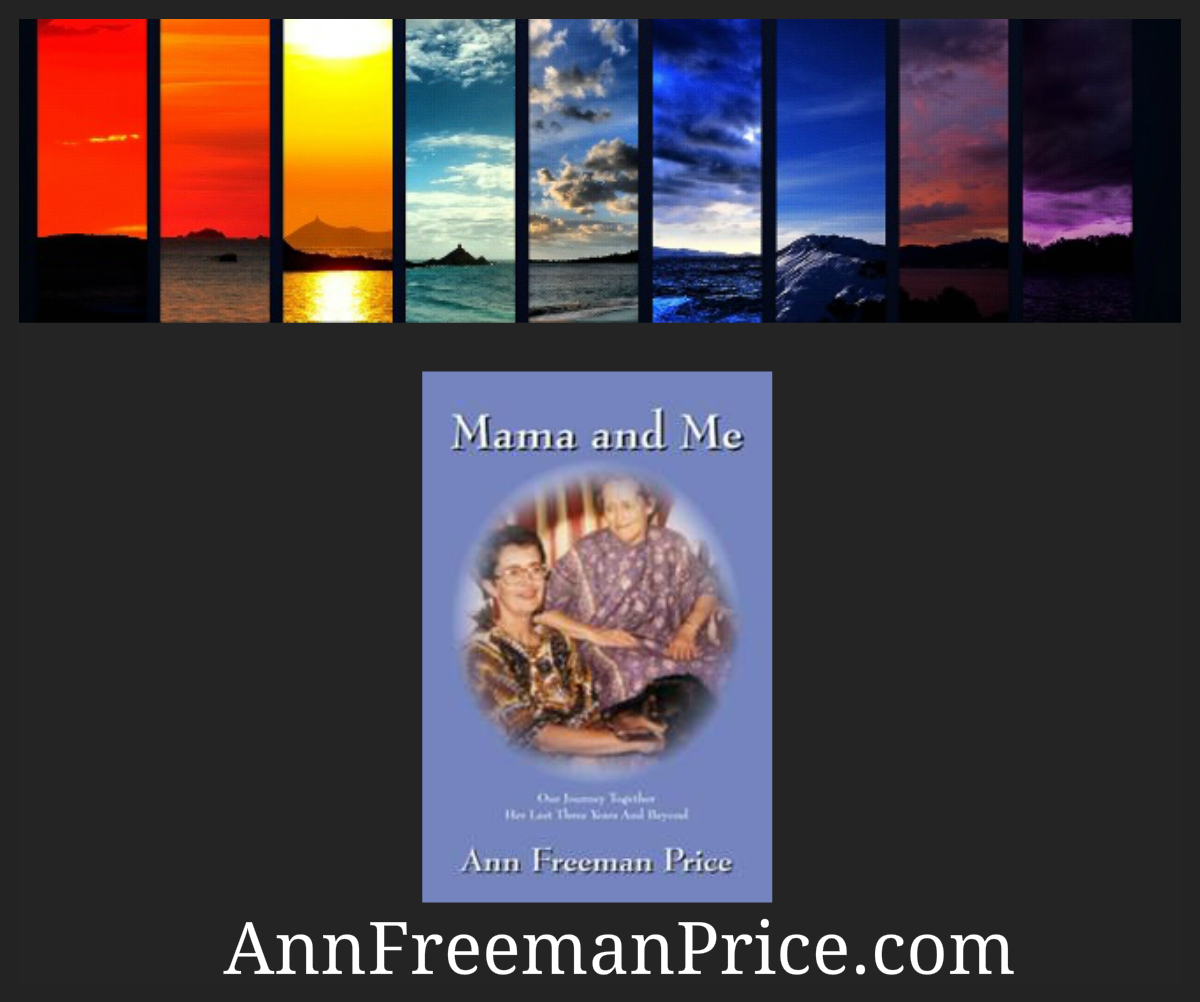Poet, Author, Composer....
Hope and Courage in Times Such As These
Hope and Courage in Times Such as These—A Concrete Example of Hope and Courage
by Richard Deats
For decades after the end of World War II, the Cold War reigned in a highly dangerous nuclear showdown between the Communist world and the West. Many people came to think that war was inevitable and that civilization itself might be destroyed in a massive use of weapons of mass destruction. Year after year, the showdown continued: the conflict seemed unending.
But in the midst of this widespread fear, the peace movement began to grow. People in the East and the West reached out to one another through peace rallies and marches, petitions and conferences, and imaginative ways to meet one another—letters(both open and secret), joint ventures, poetry and art, music, and prayer and, finally, even visits across boundaries and borders.
During this period Berlin was the nerve center of the Cold War, the place where danger held sway and each new crisis threatened to lead to a final cataclysm implied in the accepted doctrine of MAD, Mutually Assured Destruction.
But something happened in the early 1980s that at the time seemed a bit naïve and impracticably visionary. An announcement appeared on the bulletin board of an East German congregation inviting people to meet in the church basement at a stated time to discuss two questions: What would the world look like a thousand years from now when the Berlin Wall came down? and 2) What should people do now to make that happen?
Around fifteen people came to the meeting. Then, they met again and, as the word spread, similar meetings sprang up in other places. Where formerly people had felt hopeless and fearful, the mood had begun to change. People started to grow in hopefulness and courage. Former US President Dwight Eisenhower had said, “The people want peace so much that some day the governments are going to have to get out of their way and let them have it.” Now that was happening.
At the historic Nickolai Church in Leipsig, massive peace gatherings grew, eventually bringing together Christians and communists and people of other beliefs and ideology, intellectuals and students. They shared, amidst their many differences, a common longing for peace and reconciliation. Each Monday afternoon at 5:00 the people gathered. After the meetings they would spill out into the streets with lighted candles and with many singing. They engaged the Stasi, heretofore the feared state police, in dialogue and hope.
“Give peace a chance” was a call that grew more and more insistent as incredible changes spread in country after country. Finally, in 1989, the Cold War barriers began to collapse and on November 9 the Berlin Wall itself came down—peacefully. Citizens on both sides of the Wall gathered to bring down the Wall with picks and sledgehammers, and even ordinary hammers. Gandhi had named such action satyagraha, soul force. The imprisoned Czech intellectual Vaclav Havel called such effort living in Truth. This is the meaning of nonviolence, rooted in Truth and courage. Havel was eventually freed and elected the president of Czechoslovakia!
Mahatma Gandhi often spoke of “the impossible… ever becoming possible.” He said,”You say it is impossible? Think of all the things that have been declared impossible until they happened!” In his life-long struggle to build a peaceful, nonviolent world, Gandhi refused to be intimidated by the formidable scope of the vast problems facing colonial India, ruled by Great Britain, the most powerful empire of its time.
History is an open canvas that takes shape by our dreams and our efforts to bring those dreams into reality. Faith and vision and determination are required, however, if we are to rise above the pessimism and despair of the moment.
In 1979, long before the Berlin Wall fell, an intimation of what might come was seen in Poland, East Germany’s neighbor to the east. The Poles formed a labor union, Solidarity, the first independent workers’ organization in the Soviet bloc. They began with a walkout from the shipyards in Gdansk and they built a powerful workers’ movement. A year later martial law was imposed in a swift and brutal move by the government of General Jaruselski to stop the workers. Solidarity, however, went underground rather than disappearing. They boldly decided to combat martial law by living “as if”, doing the “impossible”:
Start doing the things you think should be done and start being what you think society should become.
“Do you believe in freedom of speech? Speak freely.”
“Do you love the truth? Then tell it.”
“Do you believe in an open society? Then act in the open”.
“Do you believe in a decent and humane society? Then behave decently and humanely.
By living “as if” Solidarity peacefully conquered martial law and eventually became free.
The theologian Walter Wink admonishes us, “Believe the future into being,” Our personal and collective awareness of the way history has been positively shaped over the last half century has been lacking, leading many to despair. There have been setbacks, of course, for the way is long and often brutal. Injustice does not surrender easily.
But let’s look at the seeds that have born fruit in movements for hopeful change all over the world:
the nonviolent end of the Cold War,
the peaceful defeat of dictatorships in Latin America and the Philippines,
in the United States, the civil rights movement. the women’s movement, the movement of gays, lesbians and transgendered people, the ongoing struggle for justice, the overthrow of apartheid in South Africa, the nonviolent uprisings in Tunisia and Egypt in 2011…..
When the Wall came down I contacted Ulli Sonn, my German friend and colleague who does peace work in Berlin for the Versohungsbund, the German Fellowship of Reconciliation. We shared our joy and, before hanging up, I asked if he could send me a piece of the Berlin Wall to remember this miraculous moment. He sent it and ever since that time, wherever I participate in an event for peace, I carry it with me as a concrete example of the power of peace to change history.
“Beloved, let us love one another; for love is of God, and he who loves is born of God and knows God. He who does not love does not know God, for God is love”. (John 4:7-8)
—–Richard Deats
© Copyright 2011 by Richard Deats
Portions of this sermon will appear in Richard’s forthcoming book, “Stories of Courage, Hope and Compassion.”


